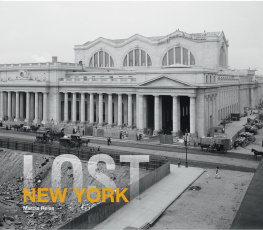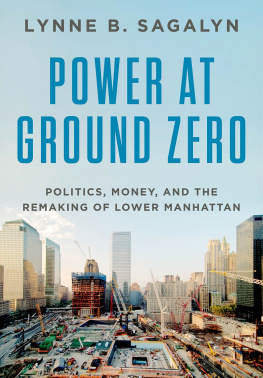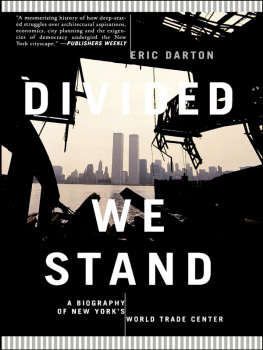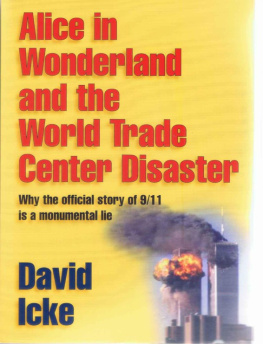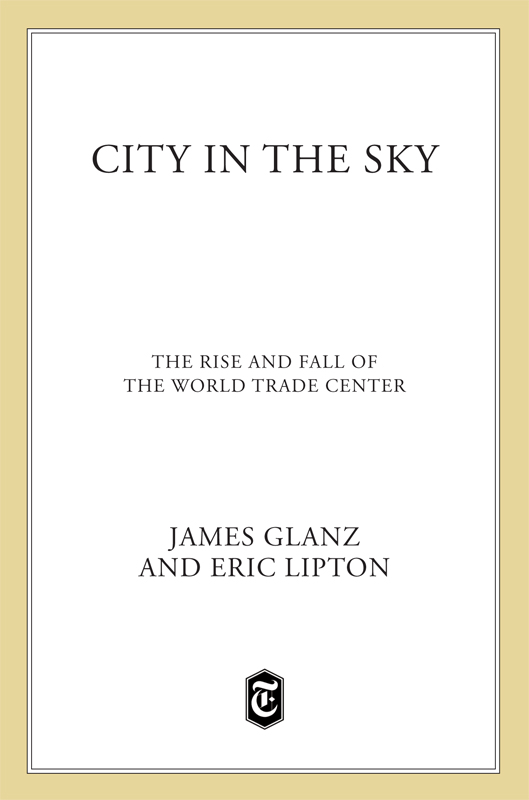
The author and publisher have provided this e-book to you for your personal use only. You may not make this e-book publicly available in any way. Copyright infringement is against the law. If you believe the copy of this e-book you are reading infringes on the authors copyright, please notify the publisher at: us.macmillanusa.com/piracy.
Contents
To those who died
and those who lived for them
ILLUSTRATIONS
Graphics edited by Steve Duenes
Prologue
The gray mass of the wall loomed over Matthew Quesada. The structure was scarred and battered and mighty in its scale, like an unearthed castle that belonged to some forgotten age of giants. Quesada stood in a steel basket painted blue, which was connected by a long telescoping arm to a heavy platform and an engine resting on four rubber tires. As he prepared the equipment that he would need to heal some of the walls fissures and wounds, he could see long ragged streaks of black and yellow and dull red staining the concrete face of the wall like grimy tears. A crosshatch of rusted reinforcing bars showed through where its surface had been blasted or gouged away. Quesada had descended seventy feet beneath the streets and sidewalks of lower Manhattan to repair the wall, which was three feet thick and more than three thousand feet long. It surrounded what had once been eight city blocks of thriving restaurants and saloons and storefront businesses. But they had vanished decades ago. Until close to two years before this cloudless day in June 2003, the underground wall encircled a pair of newer and immeasurably grander structures. It had been the foundation wall for the twin towers of the World Trade Center.
Quesada, who wore a scuffed black hard hat over a red-and-blue headscarf, stepped into a disposable plastic jumpsuit to protect him as he worked, zipped it up in front, and slipped a safety harness over his shoulders and through his legs. He clipped the harness to a rail on the blue basket. Then he hit the leftmost of the three levers on the basket and it began rising into the perfect morning sky. At his feet, the tinny putt putt putt putt of a little mechanical pump that he would use for his work managed to pierce the stop-and-start rattle of jackhammers and the groan of heavy equipment from across the entire floor of the excavation. The noisy crescendos rose from a frenzy of construction. The recovery and cleanup here were over. In fact, aside from the wall itself, there was almost nothing left of the World Trade Center except the gnawed-off remnants of five or six basement levels that stood like pueblo dwellings across the northern part of the excavation. As he ascended near the northwest corner, Quesada could look inside them, where the concrete floors and ceilings were still charred black from the fires of September 11 and isolated safety lights glowed in the darkness. On one level you could still see the pale blue paint on the columns, put there to help drivers remember where their cars were parked. Soon the basement floors would be gone, too.
The rest of the site was covered with things that were needed to build new structures, not tear down damaged ones: whirling cement trucks, row after row of gray-and-white construction trailers, one with an American flag on its roof, huge crates of black piping, mounds of gravel, pickups with big tool racks in the back, ambling men in hard hats and orange reflecting vests. A lunch van marked LITALIANO CATERINGSINCE 1969 sat right where the northernmost of the twin towers, the one with the soaring antenna, had once rested on the bedrock of Manhattan Island. But none of the material and machines and bustle did much to fill the immense cavity that the wall surrounded. The steel skeleton of an entire train station, being built to replace one that was smashed in the collapse of the towers on September 11, was tucked against the eastern wall, opposite the spot where Quesada was working. The colossal size of the cavity made the station look like a shiny new toy, too small to hold real peopleand certainly not trains.
There was an emptiness here. It hovered between the fragments of the old trade center and the birth of the new, a measureless space filled only with memories and vaporous question marks. The mind could not help tracing out against the blank sky the monumental structures that had risen from this cavity, filling in the people who had worked here, following the invisible and fateful paths of those who had fled, those who had rescued, those who had died, those who with upturned faces had witnessed the debacle and wept. This empty place was haunted by images that would not fade, by history that refused to recede into the distance, by silent voices that echoed back and forth across the canyon formed by the wall, always repeating last words of hope and fear and confusion and love and comfort and resignation. And it was haunted by questions. How did all of this come to be? What forces, what people, what fusion of fate and chance pushed the World Trade Center into the sky? How did it rise? Why did it fall? What caused such mighty structures to collapse in the flames of September 11, like the Ionic columns of some sacked Roman city? What happened here?
Quesada hit the lever again. The boom rotated counterclockwise, swinging him toward the wall. It was studded with row after row of rusty steel snouts pointing upward at a forty-five-degree angle. They held the ends of cables that traveled down to anchor sockets in the bedrock outside the wall to keep it from falling inward. The rows of the stubby snouts were noticeably wavy, reflecting great irregularities in the wall. It had been constructed as the foundation wall in 1967 and 1968, the first part of the World Trade Center to be built, using what was then a fancy new method that involved squirting concrete into a deep trench with no wooden planks inside to smooth up the sides. When the concrete hardened and the soil was scoured away from what would be the trade centers basement, the huge wall looked as if it had been born ancient. The soil and stones of Lower Manhattan clung to it, and had left it with an imprint of the islands subsurface textures, a crude version of casting bronze with wax. Some of the bumps were as big as a kitchen table. Men with jackhammers had to stand on them and chip them away. Most of the textures remained, and they didnt matter much: the walls main function was to seal the basement against the terrific pressure of soil soaked with groundwater fed by the Hudson River. And if the wall was not especially pretty, it would soon be covered up with more elegant structures and never seen.
But here it was exposed to the light again. As Quesada, a member of the local dock builders unionthis was, after all, a kind of subterranean dikeglided closer and closer to its surface, thirty feet above the floor of the excavation, he could see that time and disaster had tacked tortured eons onto the walls apparent age. The vertical reinforcing bars, as thick as a childs wrist, were dented and surrounded by red shadows made of rust-colored stains that had seeped into the concrete around them. The mottled concrete face looked more like a weathered cliff, with jagged little outcroppings coated by floury dust and dark, cool, spongy concavities that seemed to be filled with some kind of sealant that was decaying away. Someone had covered the wall with a screen of rusting chickenwire to keep any sizable chunks of concrete from adding to a talus pile that had already accumulated below. The wall smelled dank. If the wind kicked up and blew the floury dust into your teeth, it tasted flat, alkaline, weary of the sun and rain.


